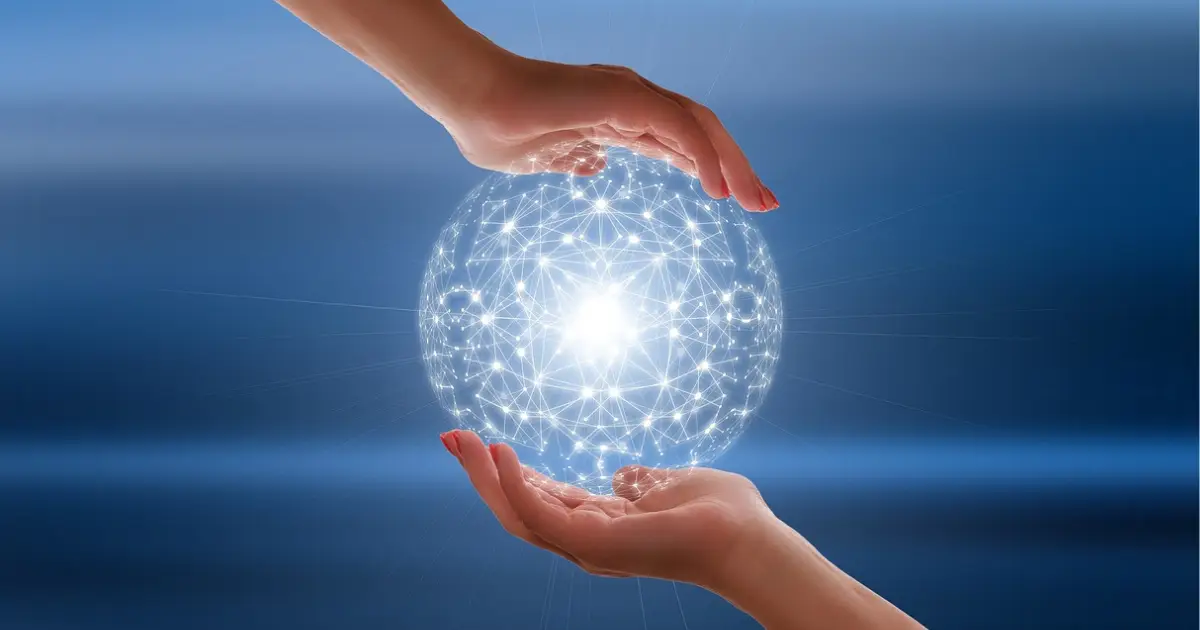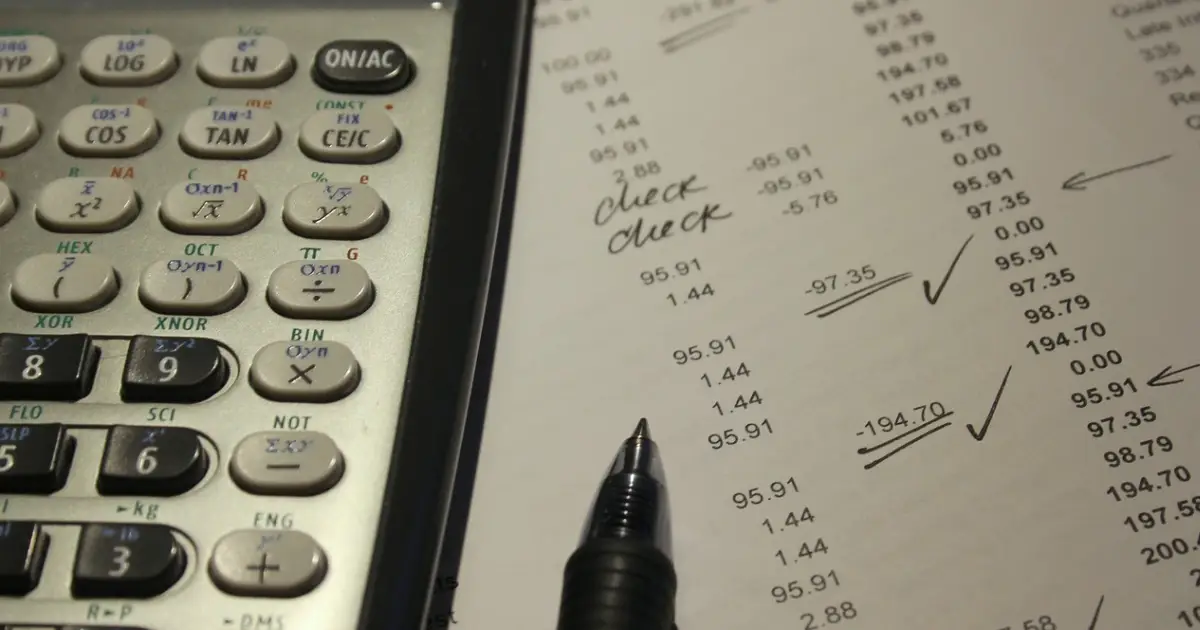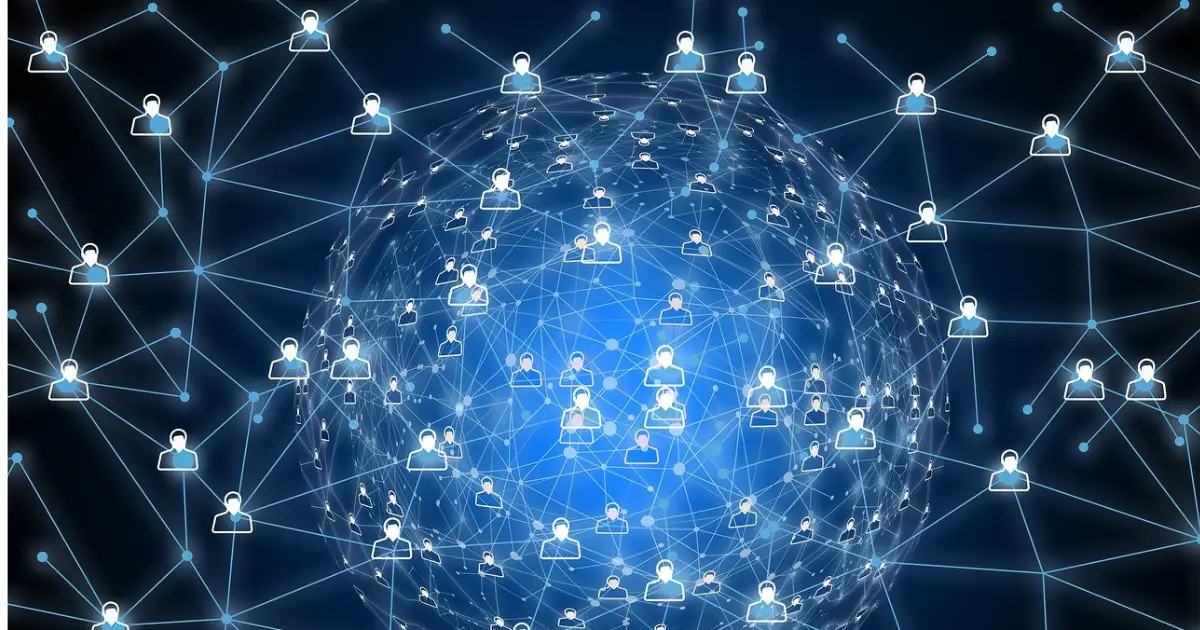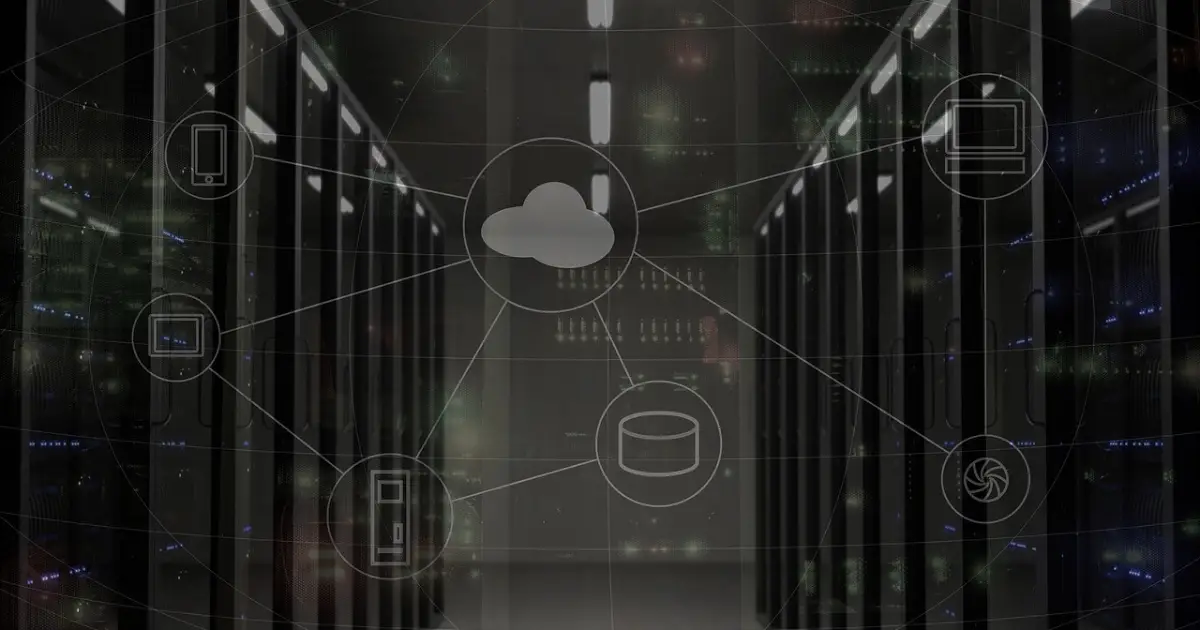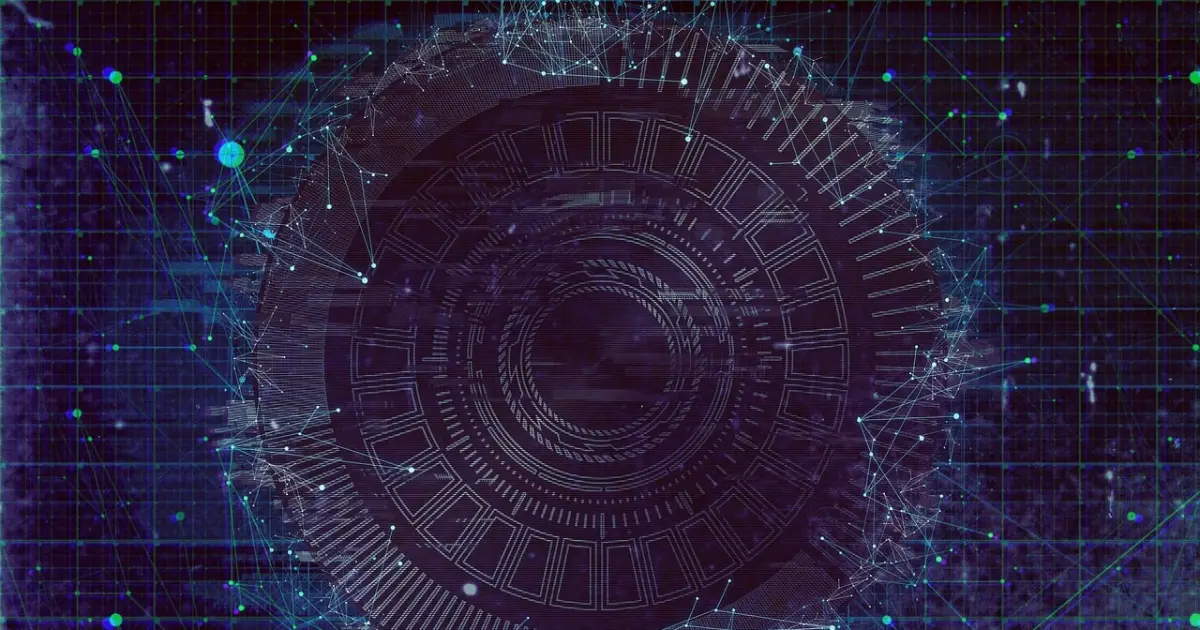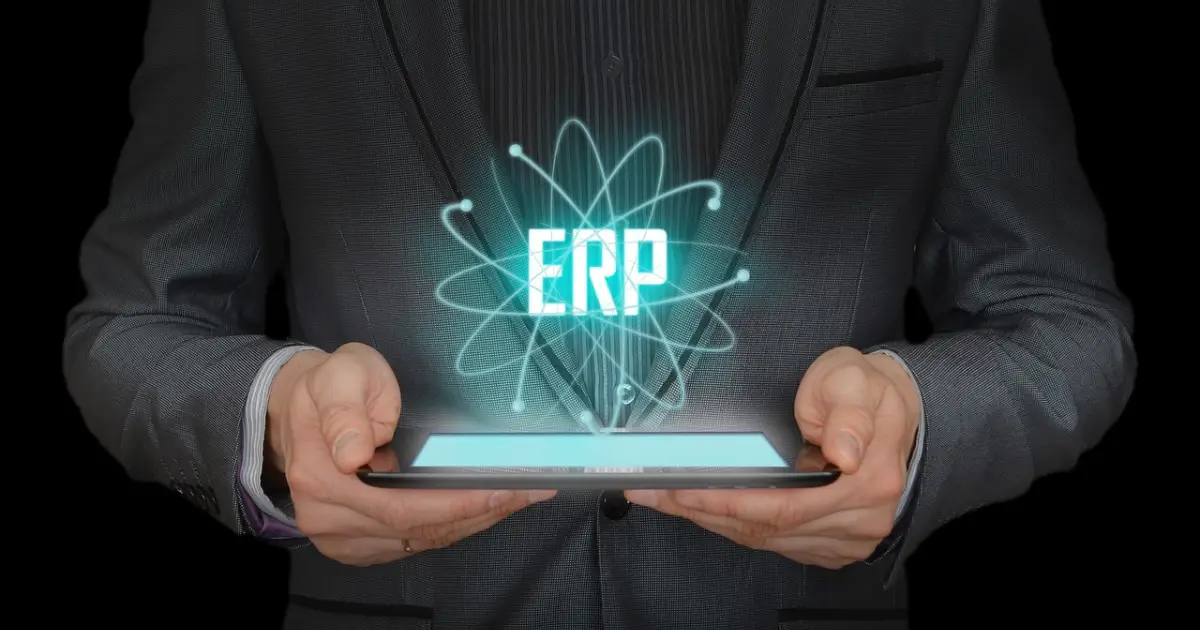focus notes


IoT can also be used in agriculture! Explanation of smart agriculture, reasons why it should be introduced, and examples of successful implementation
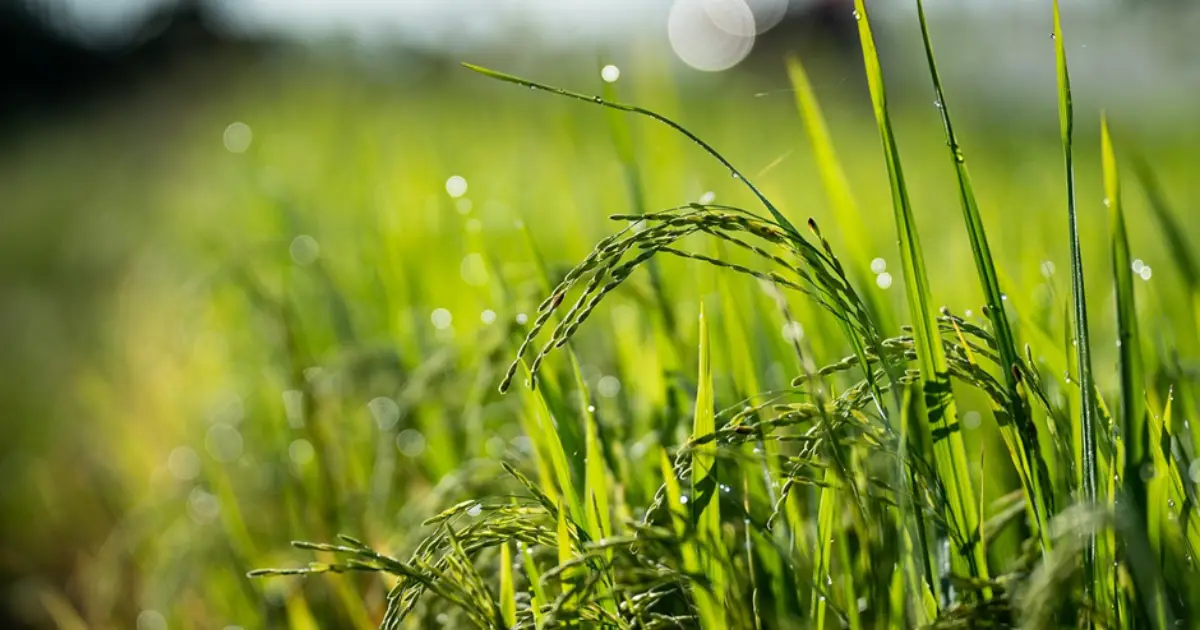
table of contents
"Is it true that IoT is useful for agriculture?"
How should I introduce IoT?
Many farmers may have questions like these.IoT can also be used in agriculture, and in fact, it has improved operational efficiency and automation.If you are suffering from a labor shortage, IoT may be the solution. If so, you may be wondering how to implement it and what examples you should look for.
In this article, we will explain in detail about agriculture using IoT (commonly known as smart agriculture), the reasons why IoT should be used in agriculture, the usage procedure, tips for success, and implementation examples. If you are wondering "how to use IoT in agriculture," please refer to this article.
What is smart agriculture, which uses IoT in agriculture?
Here we will explain basic information about IoT and agriculture.
- IoT in agriculture! What is smart agriculture?
- What are the challenges facing Japanese agriculture?
- First of all, what is IoT?
IoT in agriculture! What is smart agriculture?
According to the Ministry of Agriculture, Forestry and Fisheries' definition of smart agriculture is as follows:
Smart agriculture is a new type of agriculture that utilizes robotics and information and communication technology (ICT) to promote labor-saving, precision, and high-quality production.
Source: Ministry of Agriculture, Forestry and Fisheries | What is smart agriculture? Please tell us the expected effects of its use. (January 12, 2024)
The term "smart agriculture" may be derived from the fact that IoT and AI can be used to streamline operations and realize smart ways of working. It has been attracting attention in recent years as it can reduce the risks of poor harvests and waste.
ICT is a term that refers to digitalized information and communication technology itself. You can think of the concept of IoT as being included in the broad category of ICT. IoT will be discussed later.
What are the challenges facing Japanese agriculture?
Japanese agriculture is said to face two major challenges:
- Decreasing workforce due to aging
- Increasing Abandoned Farmland
The first issue is that the people who are responsible for agriculture in Japan are basically the elderly generation, and the decline in the number of people working in agriculture is said to be becoming more serious. Below are the actual figures for the decline.
The number of core agricultural workers, who are household members of individual business entities, has continued to decline, with the number at 1.363 million in 2020, down 22% from 1.757 million in 2015. It is also down 39% from 2.241 million 15 years ago in 2005.
Source: Ministry of Agriculture, Forestry and Fisheries | (1) Core agricultural workers (January 12, 2024)
This shows that the number of workers has decreased by nearly 40% over the past 15 years. In a few years, we may face a labor shortage that is even more serious than it is now.
The second issue is the increase in abandoned and degraded farmland.
Between 1961 and 2023, Japan's agricultural land area decreased from 6,086,000 hectares to 4,297,000 hectares, as approximately 1.14 million hectares were expanded through agricultural land development and reclamation, while approximately 2.93 million hectares were abandoned due to conversion to factory sites, roads, residential areas, etc., and farmland degradation.
Source: Ministry of Agriculture, Forestry and Fisheries | Current status and measures for abandoned farmland | Page 3 (January 21, 2024)
According to the same document from the Ministry of Agriculture, Forestry and Fisheries, the main factors contributing to the increase in abandoned and overgrown farmland on the part of farm owners are "aging and illness" and "labor shortages." IoT has the potential to become a solution to these issues.
As we will discuss in more detail later, IoT can streamline and automate operations, which is expected to help alleviate labor shortages. If each task is fully automated, there will be fewer problems compared to before, such as "I can't work because I'm sick, so I can't till the fields." In this way, IoT has the potential to solve agricultural problems.
First of all, what is IoT?
IoT stands for "Internet of Things" in Japanese, and is literally the technology that connects all kinds of "things" to the Internet.Some examples of commonly used ones are as follows:
- smart lock
- Smart Air Conditioner
- Smart Lighting
- Cooperation with robot vacuum cleaner
- Wearable Devices
For example, with a smart lock, you can lock and unlock the door without using a physical key. The door will unlock just by approaching it, which is convenient when you have luggage in both hands. You can also check the door lock and unlock history and operate it remotely.
IoT is also being used in business settings other than agriculture. The main uses are as follows:
- Inventory management using electronic tags
- Camera monitoring
- Aerial photography by drone
- Automatic control at construction and factory sites
- Improving delivery route efficiency
By attaching electronic tags to products, it is easy to track each stage from manufacturing to distribution to purchasing. For example, in inventory, it is necessary to compare the number of purchases with the number of sales and check it against the actual number of stocks. However, it took a lot of time to do this. By using electronic tags, you can check the number of stocks in real time, which saves a lot of time.
As you can see, IoT technology is being applied not only to agriculture but also to a wide range of other fields, and it should be actively incorporated into agriculture as well.
For more information on IoT, please refer to the following article.
IoT stands for Internet of Things! Explaining how it works, what it can achieve, and examples of its implementation
Smart management! Why IoT should be used in agriculture
There are four reasons why IoT should be used in agriculture:
- The condition inside the house can be visualized
- Rice fields can be controlled remotely
- Accurately accumulate know-how and data
- Government support may be available
The condition inside the house can be visualized
By utilizing IoT in agriculture, it is possible to visualize the conditions inside the greenhouse.By installing sensors inside the greenhouse, you can easily check environmental data inside the greenhouse, including temperature and humidity.
For example, let's say a farmer is growing high-quality tomatoes and has installed various sensors inside the greenhouse. These sensors can measure factors that affect tomato growth, such as temperature, humidity, soil moisture, light intensity, and carbon dioxide concentration. Only IoT can quantify such items in detail.
And best of all, this data is sent to the farmer's smartphone in real time. Using applications and software, this data can be monitored and analyzed. Based on the data, the ventilation system, humidifier, lighting system, etc. in the greenhouse can be adjusted remotely. If the humidity is too high, you can increase the ventilation or adjust the heating if the temperature is low, without even leaving your home.
Rice fields can be controlled remotely
By combining multiple IoT devices, it is also possible to control rice paddies remotely.By installing sensors that can measure water level and water temperature, it is possible to check the water level in rice paddies from a remote location.
In the first place, if there are a lot of rice paddies, it takes a lot of time just to check the water level and water temperature. Also, depending on the location, you may have to go far away. However, by using IoT, you can check the water level and water temperature without going to the site. This will reduce the time it takes to go back and forth to the rice paddies and conserve your energy.
Accurately accumulate know-how and data
By utilizing IoT, we can also accumulate know-how and data for growing crops.This is because sensors can collect information accurately 24 hours a day.
IoT devices are equipped with highly sensitive and precise sensors that can accurately measure minute changes in the environment, such as temperature, humidity, soil moisture levels, light intensity, carbon dioxide concentration, etc. Changes can be accurately tracked on a daily, seasonal, and yearly basis.
In addition, IoT systems collect data 24 hours a day, minimizing human intervention reduces human error and allows data collection and processing in real time, which can increase data accuracy.
Data collected over a long period of time will provide valuable know-how, allowing you to develop effective measures to deal with specific weather conditions, pest and disease patterns, etc.
Government support may be available
You may be able to receive government support when attempting smart agriculture.For example, you may be able to receive subsidies as follows. (Applications are now closed.)
By subsidizing the experimental introduction of equipment to promote smart agriculture that utilizes the latest technologies such as AI, ICT, and IoT, and equipment to improve quality, as well as a portion of the expenses incurred in related initiatives, we will promote strategic agriculture with the aim of creating a strong agricultural industry.
Source: Okazaki City Hall, Miyazaki Prefecture | List of Agriculture Department Subsidies and Other Systems for FY2023 (January 21, 2024)
Of course, there may be various other support measures in addition to the subsidies mentioned above. Some support measures and subsidies are not led by the government but are provided independently by local governments, so it is a good idea to inquire at your local city hall.
Aim for automation! Explaining how to utilize the introduced IoT
The steps to actually use IoT are as follows:
- Collect data with IoT sensors
- Analysis and Configuration
- Automatic control
IoTCollecting data with sensors
First, we will use IoT sensors to collect data on farmland such as rice fields.The data you will collect may include the following:
- temperature
- Humidity
- wind speed
- Atmospheric pressure
- Sunshine
- water temperature
- Water Pressure
- Water level
The data to be collected will vary depending on the case. If the field is not using hydroponics, there is no need for water level data because water is not added, but if it is a rice paddy, the water level is important data. Rather than collecting data haphazardly, collect data according to the situation.
The data is basically sent to a dedicated platform, and users can easily check the accumulated data by accessing the platform using their smartphones or other devices.
Analysis and Configuration
Next, analyze the data. By analyzing the data based on numbers and facts, rather than relying on experience and intuition, new insights may emerge.
A specific example of analysis is a method for combining past weather data with crop harvest data. It may be possible to determine that crops harvested in years with bad weather and humidity levels of over a certain percentage suffered a lot of damage from pests and diseases and had low yields. By looking back at past data and checking the yields from years with the same conditions, you can make higher quality decisions.
After the analysis, you can set various settings. If the humidity inside the greenhouse becomes higher than the specified level, you can turn on the air conditioner. However, depending on the management content, you may need to introduce another IoT device. Please be careful.
Automatic control
Depending on how it is used, automatic control may eventually be possible.It will be possible to water plants based on the analysis results.
In addition to watering, you can also know when to add fertilizer, which can greatly reduce the amount of daily work. Watering and fertilizing are tasks that are performed more frequently than planting. By automating these tasks, you will have more time to try growing new crops.
In addition to greenhouse cultivation, it can also spray pesticides. A typical example of pesticide spraying is the use of "drones." Although there are cases where it is done manually, if the drone can set a navigation route, it is possible to spray pesticides automatically. Pesticide walks can be done safely even in rice paddies where the footing is unstable, such as on slopes. By automating each step one by one, in the future it will be possible to create a situation where people can concentrate on tasks that only humans can do.
Explaining the secrets to successfully introducing IoT to agriculture
There are two key points to successfully introducing IoT into agriculture:
- Clarification of introduction purpose
- Decide what data to acquire
Clarification of introduction purpose
First, let's clarify the purpose of introducing IoT.You can choose the technologies and devices you really need.
For example, if your goal is to increase crop yields, you might choose sensors that measure soil moisture and nutrients. But if your goal is to streamline your work, automated machinery or drones might be the way to go. Different things mean different devices to choose.
In addition, the introduction of IoT devices, not just for smart agriculture, will incur a certain amount of costs. In order to increase cost-effectiveness, it is important to clarify the purpose of the introduction. Think carefully about "What do you ultimately want to achieve and how do you want to achieve it?"
Decide what data to acquire
It is also important to decide in advance what data you want to obtain.To achieve your goals, it is important to obtain specific, relevant data in a focused manner.
For example, if your goal is to increase crop yields, you need data on soil condition and weather conditions, because some pests and diseases that reduce crop yields are more likely to occur under certain temperature and humidity conditions. By using temperature and humidity sensors to monitor these environmental conditions, you can predict and deal with the risk of pests and diseases in advance.
Best of all, knowing the nutrient status of your soil allows you to determine exactly what type and amount of fertilizer you need, which promotes healthier plants and increases yields. With a soil moisture sensor, you can also monitor soil moisture levels and adjust as needed, optimizing your yield.
Obtaining such highly relevant data makes it easier to make higher quality decisions and implement measures. It is extremely important to decide in advance which data to obtain.
When deciding which data you want to obtain, it is important to understand the optimal environment for that crop. Of course, the conditions required to create that environment differ for each crop. For example, rice requires an abundance of sunlight, but for root vegetables, a certain amount of sunlight is sufficient. Sunshine data is important when growing rice, but this is not necessarily the case for root vegetables.
As you can see, the data you need to collect tends to vary depending on the crop. Understand the optimal environment and data required for each crop. Then you will be able to see the data you should focus on collecting.
Explaining examples of introducing IoT systems into agriculture
Here we will explain two examples of how IoT systems have been introduced into agriculture.
- IoT introduction case in agriculture No. 1
- IoT introduction case study for agriculture, part 2
IoT introduction case in agriculture No. 1
The first example of IoT implementation in agriculture is as follows:
[Business results]
1) Discover abnormal values for "signs of changes in physical condition" and "presumed movement tendencies" of calves
If it becomes possible to detect the signs of a calf's deteriorating health, it will be possible to start treatment at an early stage, which is expected to reduce the rate of loss due to illness before the calf is shipped.
②Develop a customizable location display application
The development of a location display application allows the movement of calves to be monitored from a remote location, and the application can be customized with drawings to suit the needs of various industries.
Source: Focus Systems Corporation| Utilizing IoT positioning technology in Shiga Prefecture's Near-Future Technology Social Implementation Promotion Project ~ Bringing more "Omi Beef" to the dining table ~ (as of March 7, 2024)
This case (strictly speaking, a demonstration project) is more of a livestock farming case than an agricultural case, but we would like to introduce it because livestock farming is also a sector of agriculture.
By identifying early signs of poor health in calves, prompt treatment can be implemented. This measure is expected to reduce the mortality rate of calves caused by illness. In particular, in a livestock farming operation with 100 head of cattle, including beef cattle, an increase in shipping volume and improved management can be expected to result in an increase in profits of approximately 900,000 yen.
Furthermore, by introducing an application that tracks the location of calves, it will be possible to monitor the movements of calves remotely. This will eliminate the need to search for calves in person, as was previously required, and is expected to improve work efficiency.
IoT introduction case study for agriculture, part 2
One example from our company is how IoT was used to improve business efficiency.
Introducing the “Commute Farming Support System”...
① Temperature control of the greenhouse ○ Raising rice and onion seedlings → Determining whether to open or close the side windows of the greenhouse○Anthurium → Turning on/off heating, determining the impact of earthquakes on equipment
②Irrigation management
○ Strawberry seedlings and baby's breath cultivation → Judging the amount of irrigation water and irrigation equipment settings
Source: Agriculture, Forestry and Fisheries Technology Council | Empirical research on radioactive material countermeasures for recovery from the nuclear accident | Page 17 (as of March 7, 2024)
By automatically adjusting the temperature and humidity inside the greenhouse, the health of the plants can be maintained efficiently. Furthermore, by properly managing the moisture required for plant growth, it is possible to simultaneously maintain the plant's health and improve its yield and quality. Using a system that automatically adjusts the timing and amount of irrigation according to the type of plant will reduce human error and improve cultivation efficiency.
summary
The use of IoT technology in the agricultural field is expected to play a role in conveying agricultural knowledge to farmers as data. Knowledge that previously relied on experience and intuition will now be easily learned through numbers and words.
Learning from data, not just intangible experience and knowledge, also makes it possible to steadily harvest high-quality crops.In addition, by analyzing and utilizing the collected and accumulated data, it will be possible to not only improve work efficiency but also automate operations.
However, introducing IoT to agriculture requires knowledge of IT. And to obtain the necessary data, it is also important to select the right sensor for the data you want to obtain. If you are considering introducing IoT to the agricultural field, please feel free to contact us.
Achievements left behind
48 years since its establishment.
We have a proven track record because we have focused on what is important.
It has a long track record in both the public and private sectors.
Number of projects per year
500 PJ
Annual number of business partners/customers
200 companies
Maximum number of trading years
47 years
Total number of qualified persons
1,870 people

